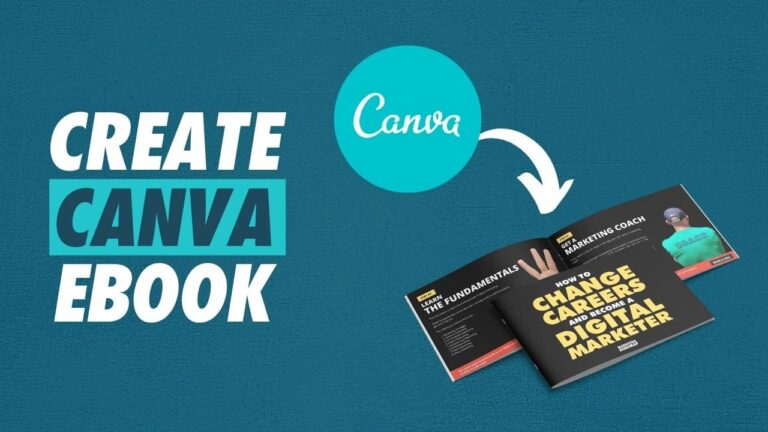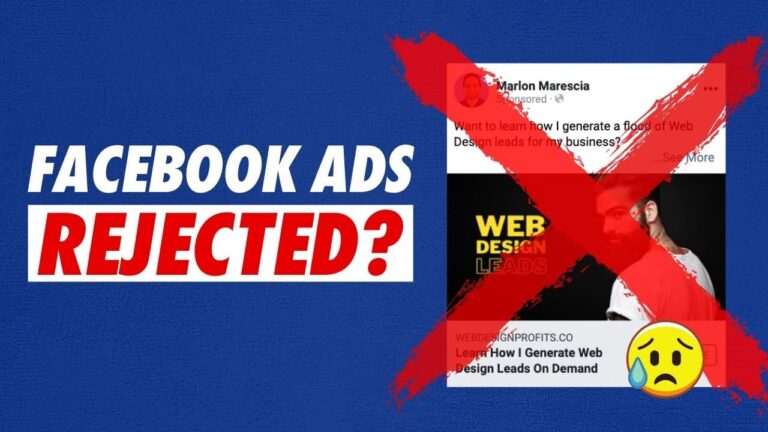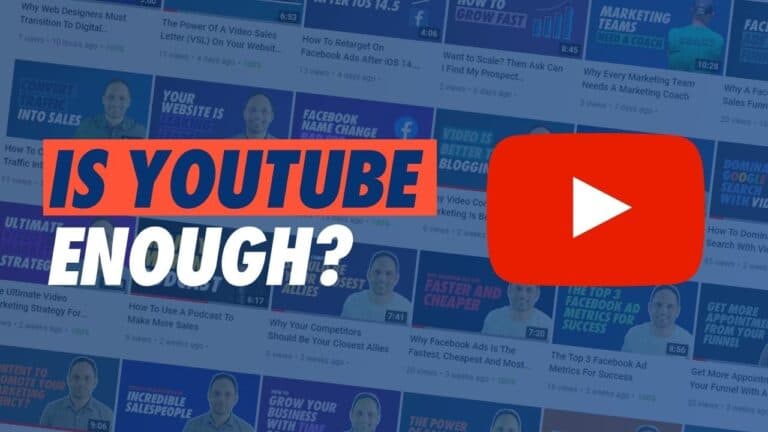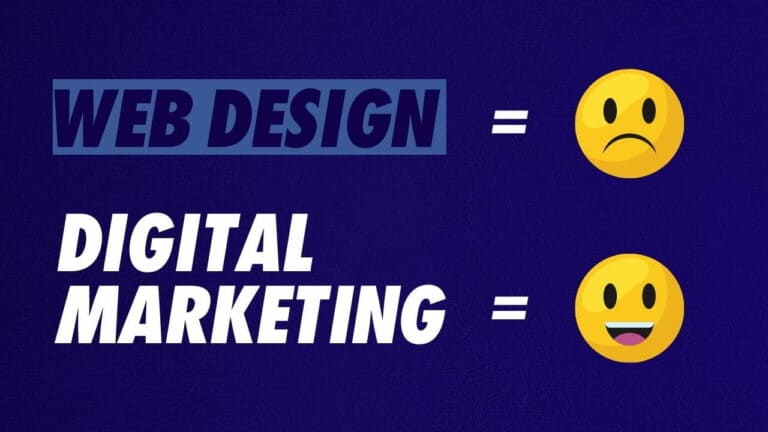As a financial adviser, you probably know the characteristics of your perfect client. They are a particular age, work in a range of industries, live in a defined region, have a common set of aspirations and fears and are ready to make a change to their financial future.
Your challenge is where and how to find them. Oh yes, the #1 challenge every marketer faces.
But what if you could find a stadium full of your perfect clients? And what if you had access to that stadium where you could connect with them? What would you say? How would you say it?
All of a sudden your challenge goes from how to find them to how to convince them to work with you. Solve this problem, and you’ll have clients on demand.
Ok, let me fill you in on a little secret…there is a place where you can find your perfect customers. A metaphorical stadium that does exist. Your clients are there; they are categorised in a meaningful way so you can target the people who fit your perfect client profile.
The stadium is Facebook and the way you engage them is using the Facebook Ads platform.
Facebook is very powerful for financial advisers because of its targeting capabilities. There are six ways to find your perfect client using Facebook Ads.
Interest targeting
Facebook interest targeting is significant because it allows you to target people by the topics and hobbies that interest them.
You can show your ads to people who Facebook knows are interested in:
- The subject “Financial Planning”, “Investment” or “Retirement”
- Like the Page “Financial Planning Association of Australia”
- Like the book “Rich Dad, Poor Dad”
- Read the “Financial Review” magazine

Figure: You can target users on Facebook by the things that interest them
How does Facebook know which people are interested in these subjects? Facebook has algorithms (computer programs that track how people interact on Facebook) which remember what pages and posts users like, what posts they click on and reads their comments. Facebook aggregates this data to create a profile for each user.
Everything clicked on in Facebook is tracked to form this profile. No other platform on the planet knows this much data about so many people. As a marketer, you have controlled access to this data when using the platform.
Demographic Targeting
The more you know about a prospect, the better you can determine if they will end up being a great client. Facebook also collects demographic data about each user. Facebook allows you also to target your customer by:
- Age
- Location
- Gender
- Number of Dependants
- Relationship status
- Education Level
- Education Level
- Job Role

Figure: You can target people on Facebook using demographic data
The user gives most of this data to Facebook when then set up their user profile. Facebook encourages people to update their profile on a regular basis to keep this information up to date.
3rd Party Data Targeting
Facebook also purchases data from 3rd party partners such as Acxiom, Datalogix and Epsilon. Facebook matches this information to users by phone numbers, names and email addresses.
Some of the categories you can target users by on the Facebook platform because of 3rd party partners are:
- Lifestyle
- Household Income
- Home Ownership
- Household Size
- Home Market Value
- Spending Methods
- Retail Spending
- Online Purchases
- Purchase Behavior
- In Market For a Vehicle
Retargeting
Retargeting is when you show an ad to someone on based on a previous action they have taken.
Some examples of retargeting are:
- Showings ads to users who have liked your page
- Showing ads to users who have visited your website
- Showing ads to users who have already downloaded an ebook
When you know someone is already interested in your company or service you can communicate with them at a deeper level. You can craft ads that drill down on their #1 pain point to move them closer to the sale.
Facebook has provided a few extra tools to retarget users who have already taken action.
Email Custom Audience
One of the most powerful features of Facebook is email custom audiences. Facebook enables a business to target people on Facebook who are in their database. You can import a list of email addresses of people you already know. Facebook then matches those people with people who are already on Facebook. When it finds someone, it puts them in a special list called a custom audience. You can now show your ads to people on this custom list.
What makes this so powerful is unlike interest, demographic and partner targeting, you know who these people are. You can segment these contacts into prospects, clients, people who attended your webinar, individuals who downloaded your ebook and so many more variations.
Then you can show your ads to each of these custom email audiences. Say you want to reach your existing client base who are not engaged and email is not working. Add their email addresses to a custom audience and show them ads to blog posts, video or a webinar which will re-engage them. Then you can have a call to action to call you at the end.
Pretty powerful stuff!
Website Custom Audience
Website targeting is another custom audience you can create on Facebook, but it is focused on people who have visited your site.
Some example of audiences you can create are:
- Anyone who has visited your website in the last 180 days
- Anyone who visited your webinar page
- Anyone who visited a single blog post
- Anyone who visited your contact us page but didn’t fill in the form (we know who didn’t complete the form if they didn’t visit the confirmation page)
- Anyone who signed up for your ebook but did not download the ebook
What makes website audiences so useful are:
- You can target people based on their behaviour on your website
- These people are known to you because they have visited your site. You can show them content that’s further down the sales funnel
Lookalike Audiences
Lookalike audiences a way of increasing your reach to a larger audience. You start by taking a custom audience and telling Facebook to find the top 1% of the people in a country who look like and behave similarly to the people in your custom audience.
You use lookalike audiences when you have a custom audience that is particularly successful at generating leads. You can base a lookalike audience on an email list, your website traffic or your company Facebook page.
If you start with a custom audience of 1000 people, Facebook may find a lookalike audience of 200,000 people that look just like your custom audience.

Figure: Facebook Lookalike Audiences allow you to find people who behave and look like the people in your custom audience
It is easy to increase the size of an audience by choosing a lookalike audience of 1-5%. But remember the bigger the audience, the less targeted the people will be, so keep them around 1-2% for higher effectiveness.
Conclusion
Finding your perfect client has been difficult in the past. You may have used cold calling, networking events, live events, radio or newspaper to locate them. These methods are either time consuming or expensive, and the results are often disappointing.
Facebook custom audiences are the new way which is more efficient, less costly and provides you with results instantly.
If you’re a financial advisor and aren’t using Facebook Ads for lead generation, then start today. It is the best way I know to kick start your lead generation and secure new clients.




